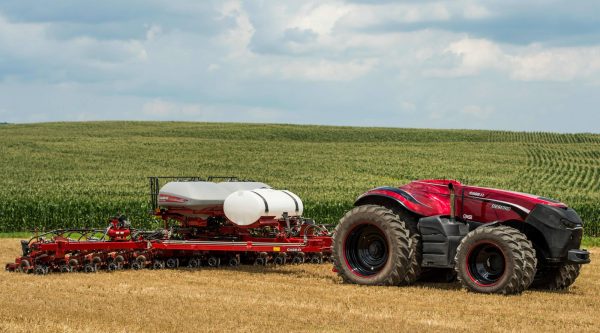The integration of autonomous vehicles into British agriculture represents a significant shift in farming practices, requiring careful consideration of existing regulatory frameworks and new safety protocols. This article examines how current UK agricultural vehicle regulations adapt to autonomous technology while ensuring farm safety and road compliance.
Current Regulatory Context
The UK’s agricultural vehicle framework, as outlined in the Department for Transport’s guidance updated in September 2023, primarily focuses on conventional tractors and agricultural machines. These regulations cover aspects such as vehicle classification, speed limits, and road use permissions. While autonomous vehicles aren’t explicitly addressed in current agricultural legislation, they must still comply with basic requirements such as the 2.55-meter width limitation for standard agricultural vehicles and the 25 mph speed restriction on public roads.

Safety and Operational Requirements
Autonomous agricultural vehicles must adhere to existing safety protocols while incorporating additional safeguards specific to unmanned operation. Drawing from the HSE’s guidance on agricultural vehicle safety, autonomous systems need to ensure:
- Prevention of dangerous projections (as with conventional equipment)
- Appropriate warning systems and beacons
- Emergency stop mechanisms
- Clear identification as autonomous vehicles
- Maintained visibility of registration plates and lights
Licensing and Certification Framework
The introduction of autonomous systems creates an interesting challenge within the current licensing framework. While conventional agricultural vehicles require operators with category F licenses (for tractors) or appropriate certification for specialised equipment, autonomous vehicles introduce new considerations about remote supervision and control.
Road Use and Public Safety
For autonomous agricultural vehicles operating on public roads, additional safety measures are necessary. These build upon existing requirements for agricultural vehicles, which mandate amber warning beacons on unrestricted dual carriageways and proper lighting during poor visibility conditions. The presence of autonomous systems necessitates enhanced communication with other road users and clear protocols for intersection management.
Insurance and Liability Considerations
Insurance frameworks for autonomous agricultural vehicles must evolve beyond current agricultural vehicle coverage. This includes consideration of both operational risks and cybersecurity threats, particularly given the increasing connectivity of farming equipment.
Future Framework Development
As autonomous agricultural technology continues to develop, regulatory frameworks will need to adapt. The UK’s approach to agricultural vehicle regulation, historically focused on practical safety and operational efficiency, provides a solid foundation for incorporating autonomous systems while maintaining high safety standards.
For farmers considering autonomous systems, it’s essential to stay informed about evolving regulations and work closely with manufacturers to ensure compliance with both current and emerging frameworks. Regular consultation with agricultural authorities and safety organisations will help ensure safe and effective implementation of autonomous technology in British farming.
